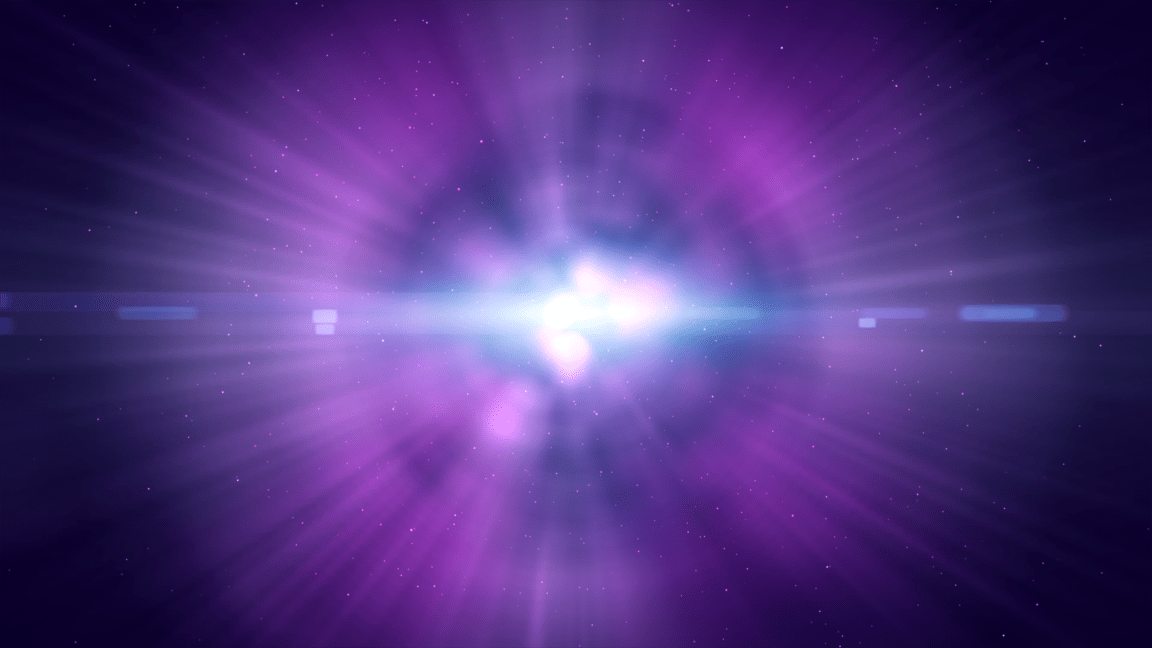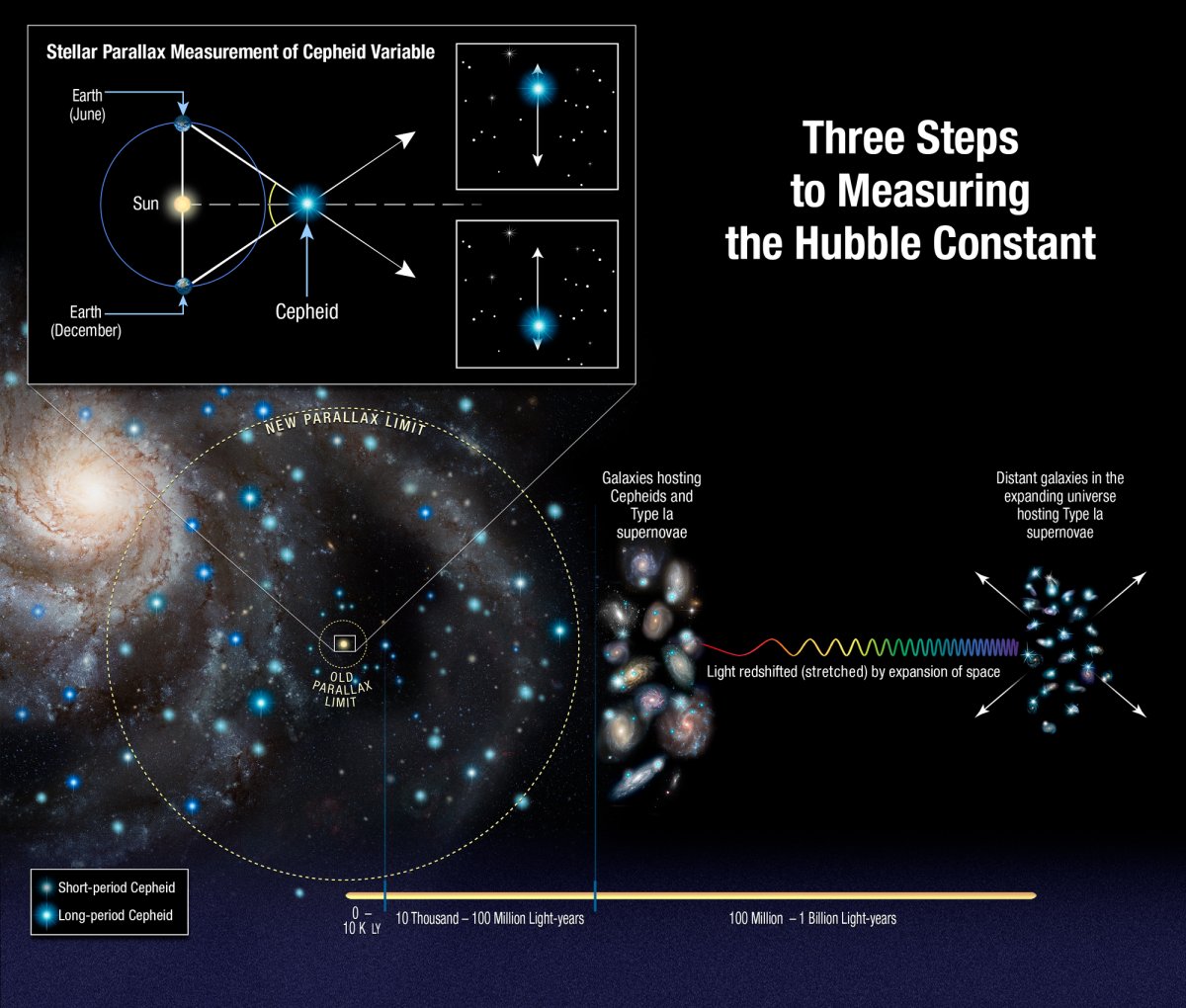
A Constant Discrepancy
As far as astronomers can tell, the universe is continuing to expand — and our understanding of how it is doing this needs to expand as well. In fact, recent findings from researchers partnering with NASA suggest that we may need to discover new physics to explain discrepancies between measurements of universal expansion.
The rate by which the universe expands, called the Hubble Constant, consistently indicates that the size of the universe is growing — but no one can be sure exactly how quickly. The currently accepted rate is a little over 70 km/s/Mpc (roughly 44 miles/s/Mpc). A number of recent studies suggest, however, that the rate of expansion is actually faster, while others suggest that it could be slower.

“The community is really grappling with understanding the meaning of this discrepancy,” Nobel Laureate Adam Riess of the Space Telescope Science Institute (STScI) and Johns Hopkins University, told NASA. Riess was one of the researchers who studied Cepheid stars and Type Ia supernovae to measure the universe’s expansion, and they found it to be faster than what we thought.
Precision is Key
Riess and colleagues, including Stefano Casertano who is also from SRScI and Johns Hopkins, have been giving these stars another look using NASA’s Hubble to gather data on Cepheids that are some 6,000 to 12,000 light-years away. What they did was measure the how the positions of these stars changed with the Earth’s every rotation around the Sun.
“You’re measuring the separation between two stars, not just in one place on the camera, but over and over thousands of times, reducing the errors in measurement,” Reiss said said in the NASA press release.
Their latest findings, which have been accepted for publication in The Astrophysical Journal, suggest a different measurement for the Hubble Constant that’s supposedly more precise because of the instruments they have been using. They’re not stopping there, though.
The team plans to improve their measurements using data from Hubble and the European Space Agency’s Gaia space observatory. “This precision is what it will take to diagnose the cause of this discrepancy,” Casertano said in the NASA press release.
Reiss and his team, however, are still uncertain why there have been discrepancies in the first place, which could potentially show that there is something going on in the universe that could even require new physics in order for us to understand.